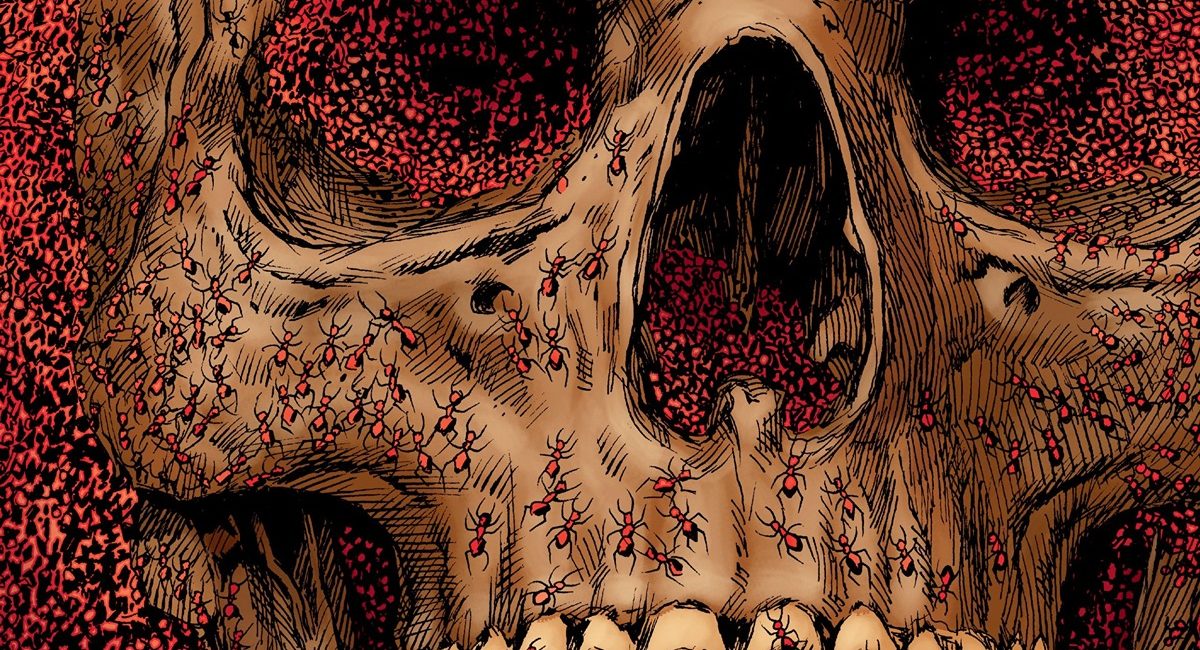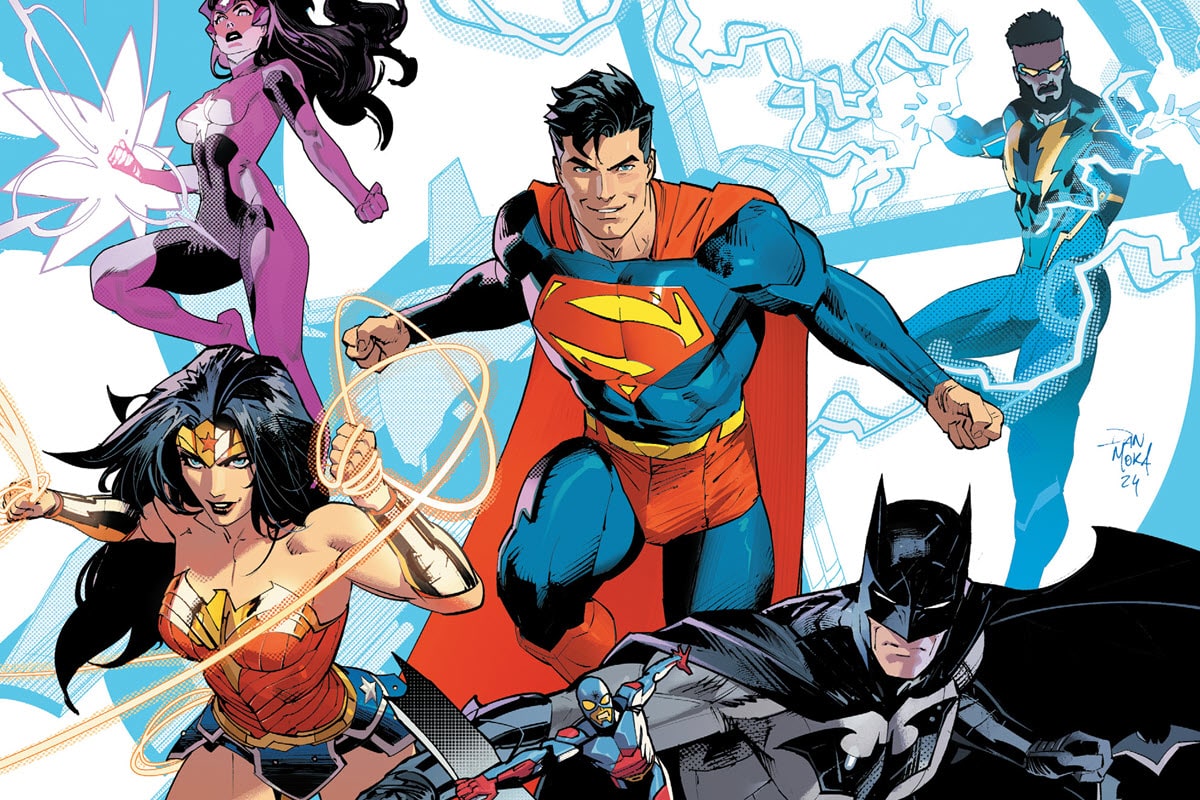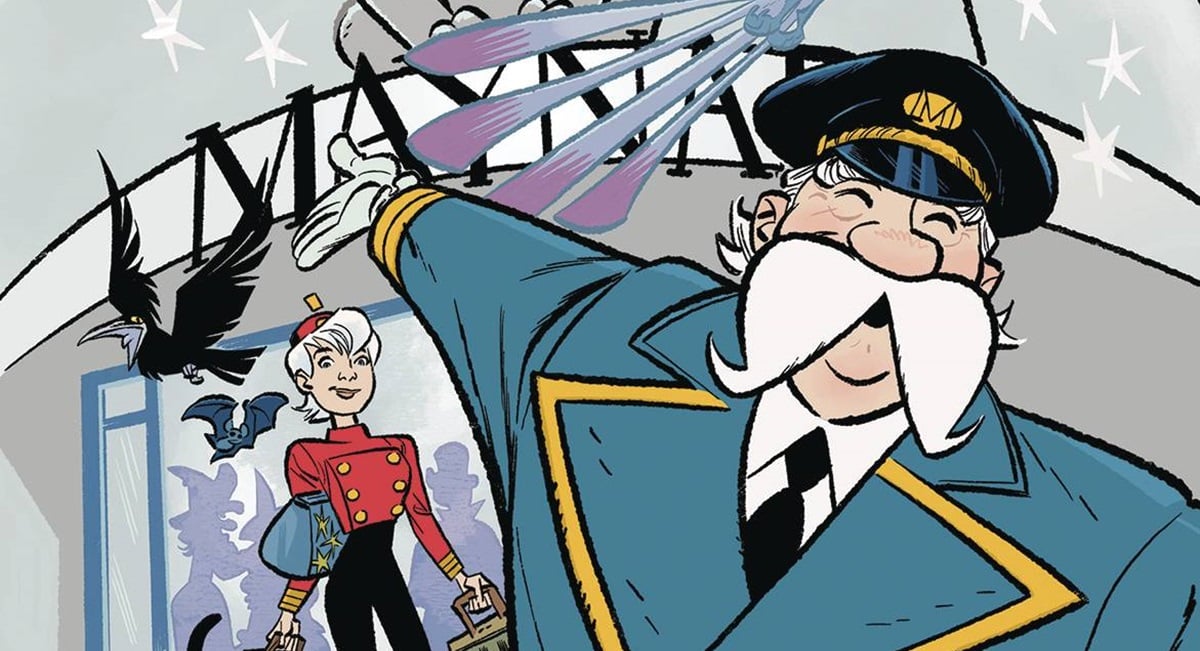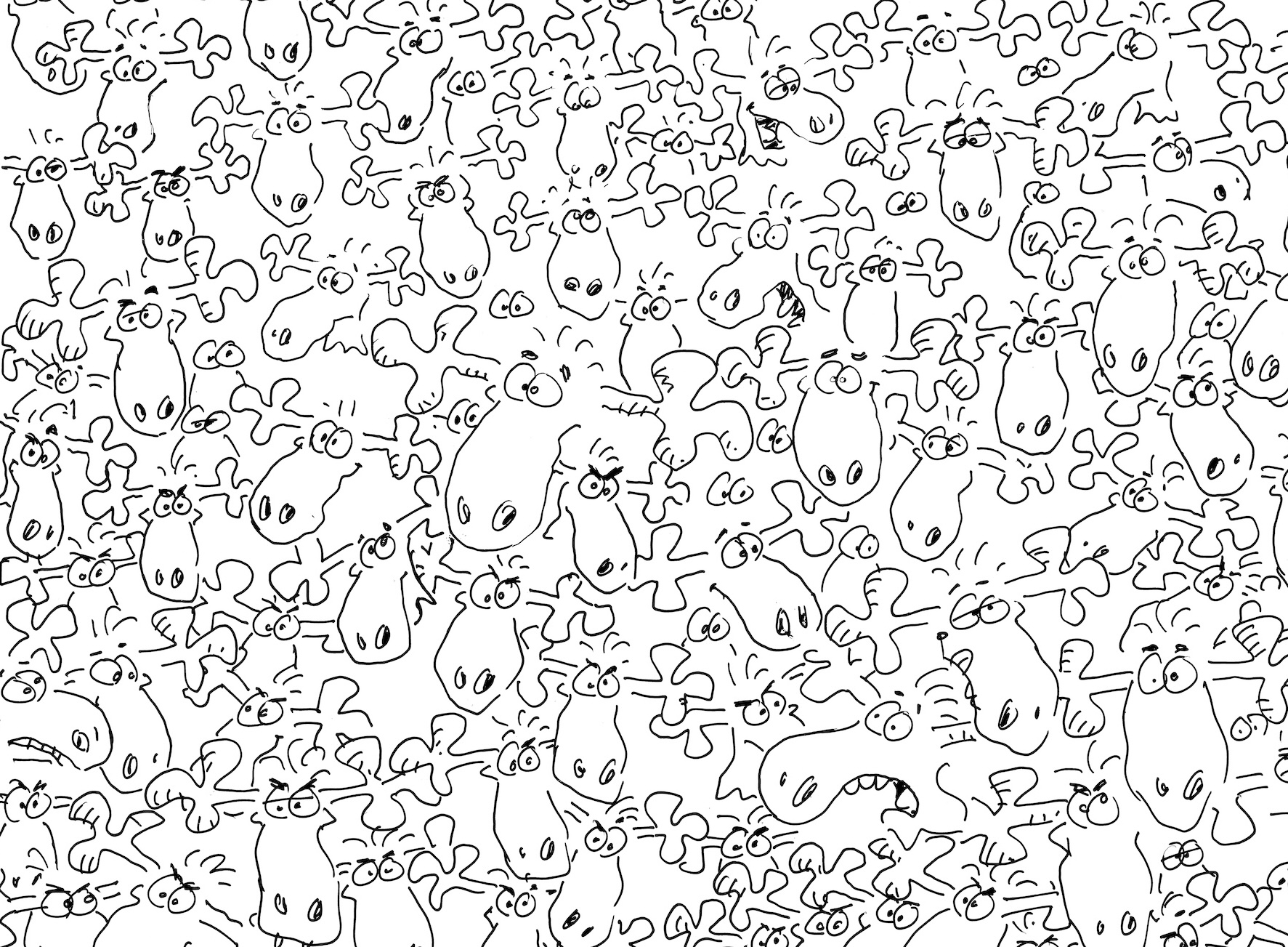Abby from “Turning Red” exhibits a noticeable level of assertiveness and intensity throughout the film. This characteristic behavior stems from a combination of her strong convictions and the unique circumstances she finds herself in.
As a character in a narrative, Abby’s assertiveness adds depth and complexity to her personality, contributing to the overall richness of the story.
To gain a more nuanced understanding of Abby’s aggression, it’s essential to delve into the specific events and motivations that shape her character in the film.

Abby’s transformation into a giant red panda
In “Turning Red,” Abby’s transformation into a giant red panda is a fantastical and symbolic representation of the intense emotions and pressures that adolescents often face.
When Abby experiences overwhelming feelings, such as frustration, anxiety, or stress, her body reacts dramatically and extraordinarily, turning her into a towering red panda.
This transformation serves as a metaphor for the challenges of adolescence. It mirrors the physical and emotional changes that young people go through during this period of their lives.
Abby’s metamorphosis highlights the idea that it’s perfectly normal to experience intense emotions, even if they seem larger-than-life at times.
Initially, Abby struggles with her newfound ability, as it draws unwanted attention and complicates her efforts to fit in.
As the story unfolds, Abby begins to understand that this transformation is an integral part of who she is. It’s a unique aspect of her identity that sets her apart, and she learns to embrace it.

As Abby comes to terms with her transformation, she undergoes a journey of self-discovery and acceptance. She learns that it’s okay to be different and that embracing her true self is far more important than conforming to societal expectations.
This message resonates not only with Abby but also with the audience, emphasizing the importance of self-acceptance and celebrating one’s individuality.
Ultimately, Abby’s transformation into a giant red panda serves as a powerful vehicle for exploring themes of identity, self-acceptance, and the challenges of growing up.
It’s a unique and imaginative way to convey the universal experiences of adolescence and the journey towards finding one’s place in the world.
The influence of hormonal changes on Abby’s aggression
In “Turning Red,” Abby’s aggression can be attributed, in part, to the influence of hormonal changes that accompany adolescence.
As young individuals go through puberty, their bodies undergo significant hormonal shifts, which can lead to heightened emotions and mood swings.
These hormonal fluctuations can affect how a person reacts to various situations, potentially leading to moments of increased assertiveness or even aggression.
Abby’s transformation into a giant red panda serves as a visual representation of these emotional surges. When she experiences intense emotions, her body undergoes a dramatic change, reflecting the powerful impact that hormones can have on a teenager’s psyche.
Moreover, Abby’s struggle to control her emotions and the consequences of her transformations further highlight the challenges that hormonal changes can pose during adolescence.
It’s a time of transition and self-discovery, and managing these emotional shifts can be a complex and sometimes overwhelming experience.

Throughout the film, Abby learns to navigate these hormonal changes, ultimately gaining a better understanding of herself and her emotions.
This growth is a crucial aspect of her character development, illustrating how adolescents learn to cope with and harness the power of their changing hormones.
The influence of hormonal changes on Abby’s aggression provides a realistic and relatable portrayal of the challenges faced by teenagers during this crucial stage of development.
It adds depth to her character and contributes to the broader themes of self-acceptance and embracing one’s true identity in “Turning Red.”

Abby’s struggle with controlling her emotions
Abby’s struggle with controlling her emotions is a central theme in “Turning Red.” As she navigates the challenges of adolescence, she grapples with intense feelings that often lead to her transformation into a giant red panda.
This struggle is a poignant reflection of the emotional rollercoaster that many teenagers experience during this phase of their lives.
The hormonal changes and societal pressures that come with adolescence can make it difficult for Abby to regulate her emotions.
She experiences moments of frustration, anxiety, and stress, which trigger her transformation. This lack of control over her emotions becomes a source of both personal turmoil and external conflict.
Abby’s journey involves learning to understand and manage her emotions. She seeks support from friends, family, and mentors, who help her navigate this challenging period.
Through these experiences, Abby gradually gains a better grasp of her emotions and finds healthier ways to cope with them.
This struggle with emotional control is a relatable aspect of Abby’s character for many viewers. It mirrors the real-life challenges that teenagers face as they learn to manage their feelings and reactions.
The film sensitively portrays Abby’s growth in this regard, emphasizing the importance of self-awareness and finding constructive outlets for emotions.
Her struggle with controlling her emotions is a significant part of her character arc, highlighting the universal experiences of adolescence and the process of learning to navigate one’s feelings. It’s a powerful narrative thread that resonates with viewers of all ages.

Abby’s Interactions with Other Characters
Abby from Turning Red is known for her aggressive behavior, which often leads to conflicts with other characters. Here are some examples of her interactions with other characters in the movie:
- Mei Lee: Abby’s best friend Mei Lee is often the target of Abby’s aggression. Abby is shown to be jealous of Mei’s relationship with Tae Young and often lashes out at Mei when she feels left out. However, Abby also cares deeply for Mei and is quick to defend her when she is in danger.
- Tae Young: Abby has a crush on Tae Young, Mei’s classmate, and is often seen trying to impress him. However, Tae Young is oblivious to Abby’s feelings and sees her only as a friend. This leads to Abby feeling rejected and lashing out at Mei.
- Devon: Abby’s other best friend Devon is often the voice of reason in Abby’s conflicts with Mei. Devon is shown to be patient and understanding with Abby, even when she is being difficult.
Jin and Ming Lee: Mei’s parents Jin and Ming Lee are often caught in the middle of Abby and Mei’s conflicts. Abby is shown to be disrespectful to Mei’s parents at times, which leads to tension between the two families.
Also Read:



















 English (US) ·
English (US) ·